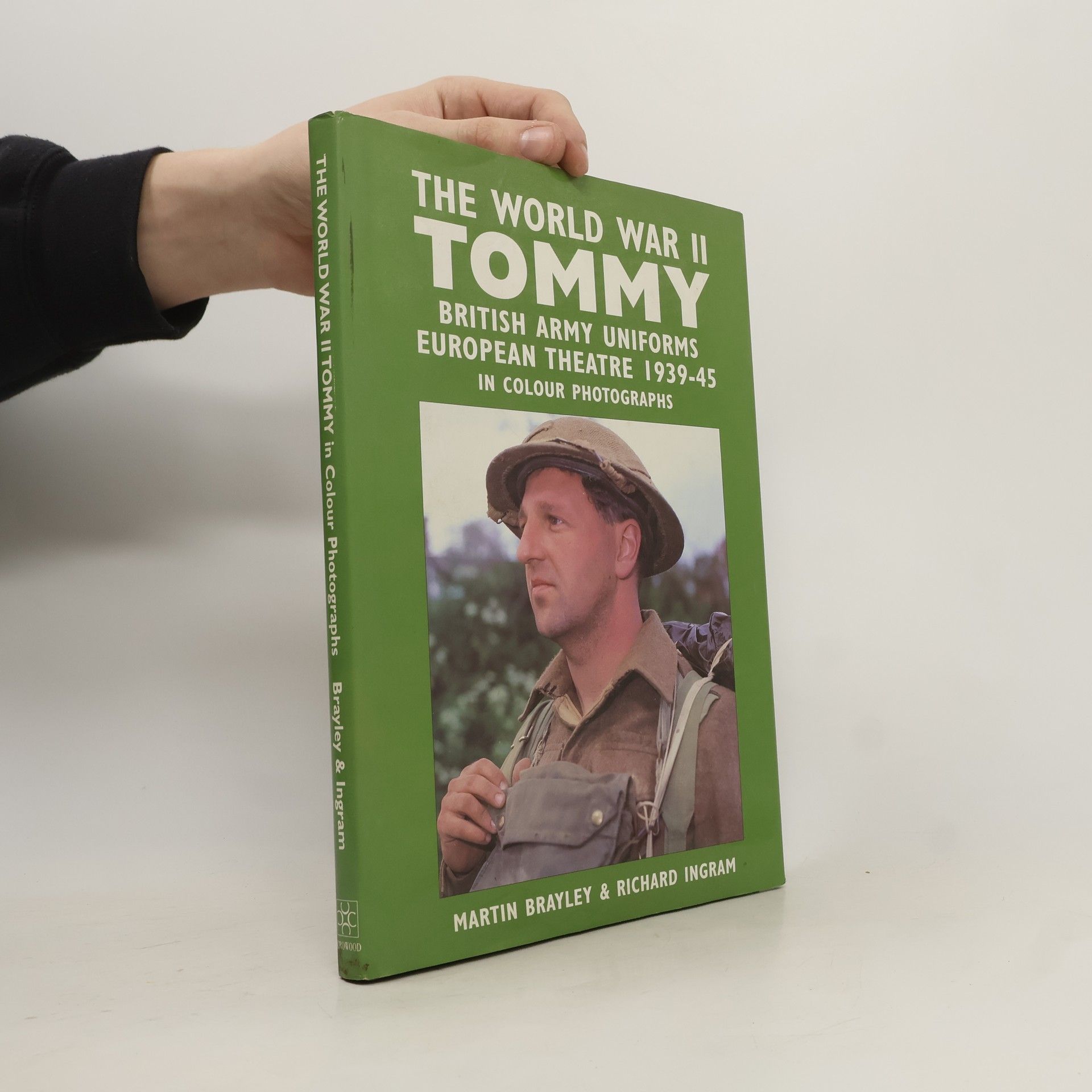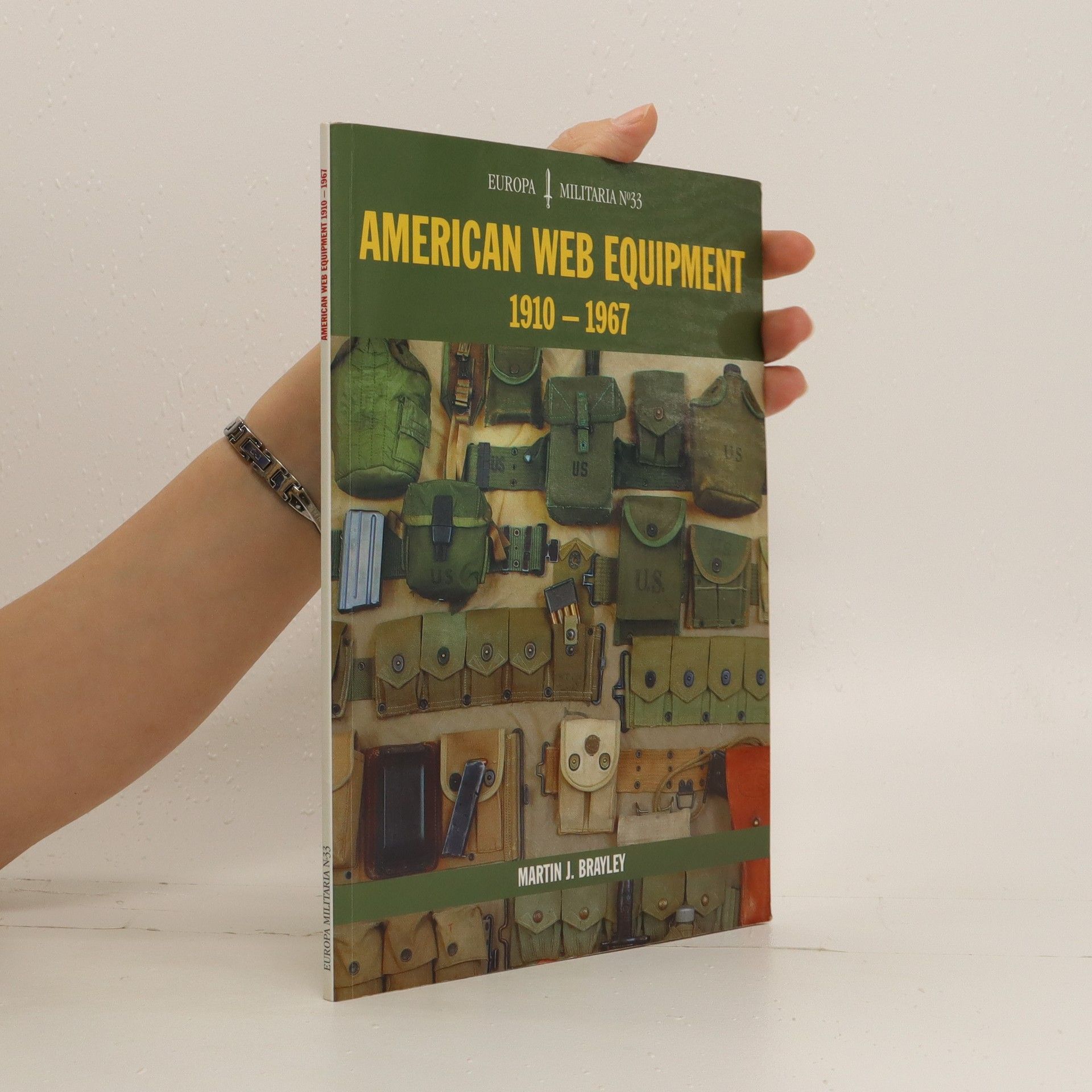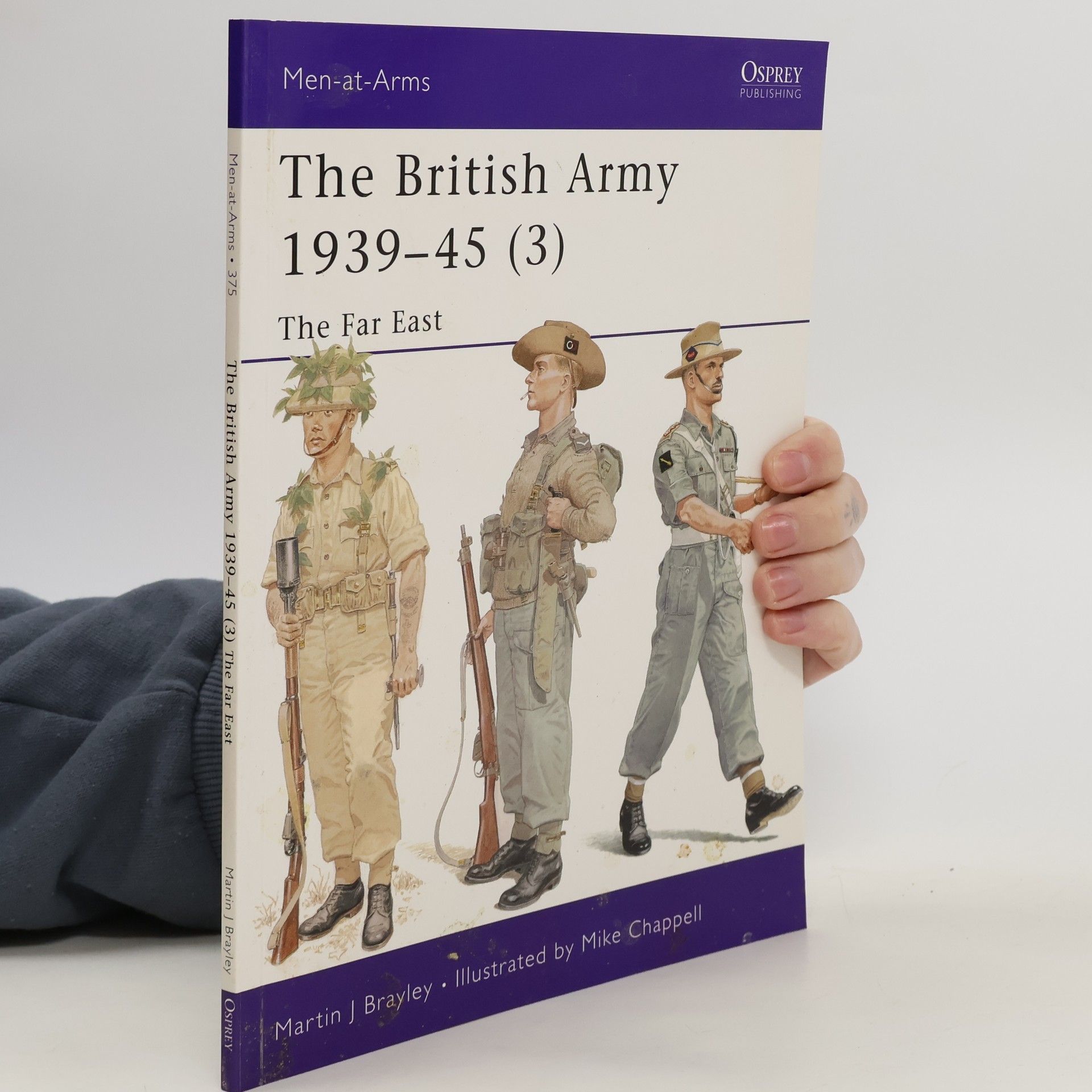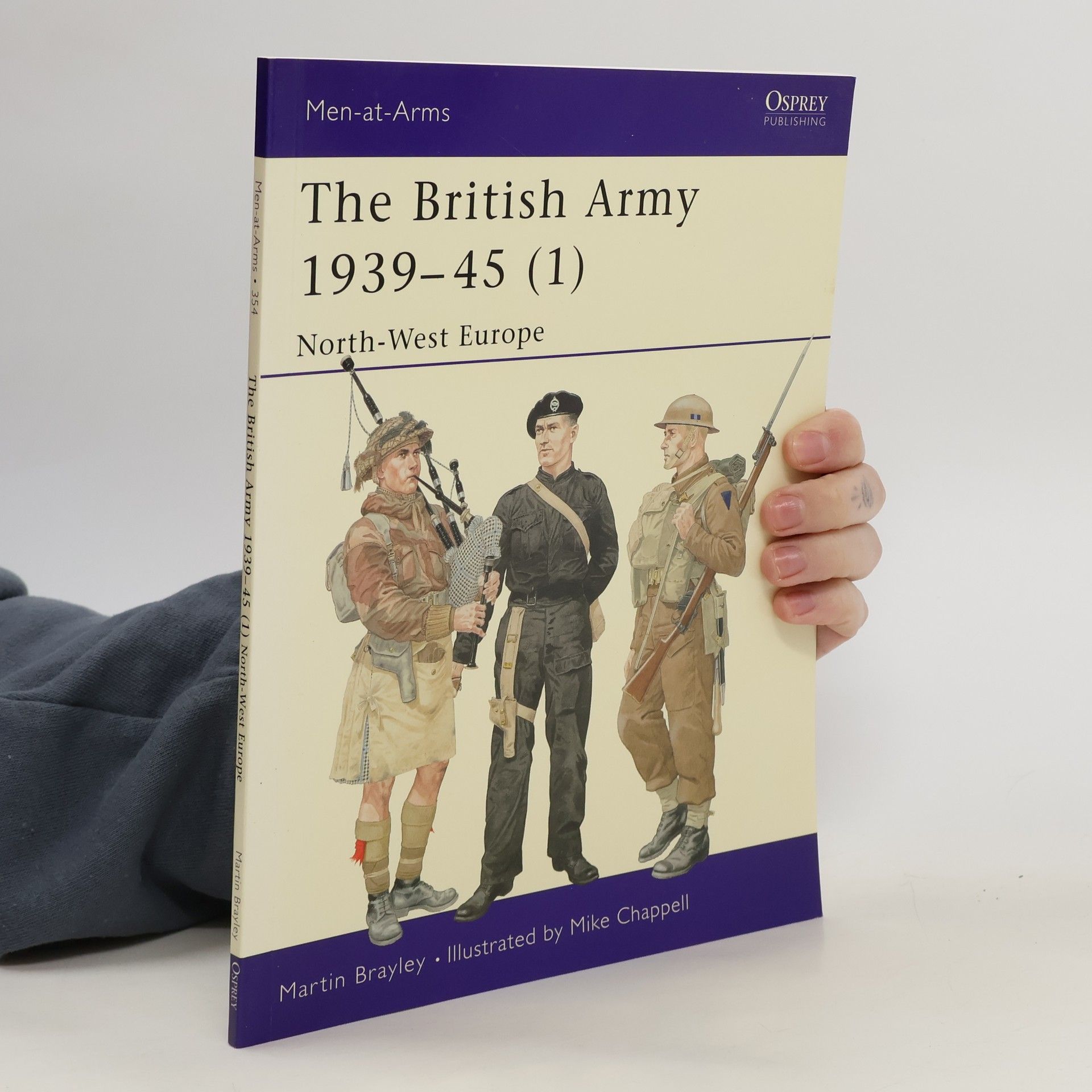The World War II Tommy- British Army Uniforms, European Theatre 1939-45
- 144 pages
- 6 hours of reading
A paperback edition of this classic work, which describes and illustrates the uniforms and equipment of the WWII British soldier using original items worn by live models in authentic settings. A huge range of subjects is covered, from the uniforms and equipment of the front line infantryman, to the officers' and men's walking-out dress, the special kit issued to tank crews, air-landed and mountain troops, motorcyclists, medics, arctic clothing, anti-gas kit and assault kit, even down to the demob suits issued to discharged soldiers in 1945.








